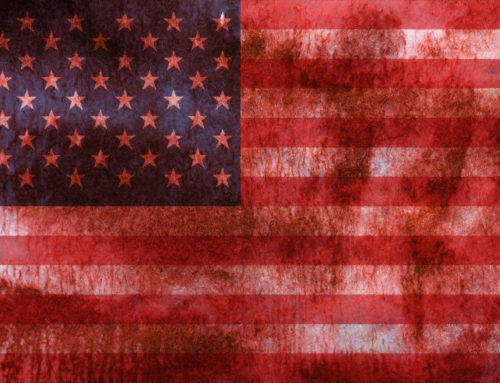Markets and Presidential Office
Fundamentals Update as at 15 January 2014 by Lorenzo Beriozza
The beginning of the year is often full of talk about what indicators to watch as to how the year may unfold: the first five days indicator, the January effect, the Super Bowl indicator, even the Chinese lunar New Year cycle, among many others.
Many of these indicators claim to tell us either the outcome for the year or the pattern stocks may take for at least part of it. While most of these are little more than folklore and are easily discredited upon analysis, there is one that has stood the test of time, and it is called the Year-Two Curse.
The second year of the presidential cycle has typically been a volatile one for investors. The start of the second quarter to the end of the third quarter of year two has consistently marked the biggest peak-to-trough decline of any year of the four-year presidential term. The pattern of the stock market last year, year one of the current presidential term, generally tracked the typical year-one pattern.
It is not just this cycle that may be shaping up to track the Year-Two Curse. This pattern has been enduring. In fact, nine of the thirteen presidential terms since 1960 have seen losses during the “cursed” second and third quarters of year two. That 70% likelihood of losses during the period of the Year-Two Curse is double the 35% frequency the market has been down over any two quarters since 1960. The 2009 – 2012 cycle also followed the Year-Two Curse pattern closely – demonstrating that sometimes the more things change, the more they stay the same.
Why is there a Year-Two Curse?
The pattern may be so enduring, not because of the events in Washington during the midterm election year, but perhaps because what happens in Washington affects the mood and the perception of events, making investors prone to be more pessimistic and sell when events inevitably occur.
Maybe this mood comes from buyer’s remorse after a year under a newly elected or reelected President or the fear-mongering rhetoric that often comes from the mid-term election campaigns.
Whatever the cause, it seems clear that the events that acted as catalysts for the more substantial declines in the S&P 500 Index, during the Year-Two Curse of the past 25 years had little to do with the election or events in Washington:
- In 1990, the -19.9% drop was due to a recession that developed as oil prices spiked in the summer prompted by Iraq’s invasion of Kuwait.
- In 1998, the -19.2% fall was sparked by the effects of the Asian financial crisis and related failure of the hedge fund Long-Term Capital Management.
- In 2002, the -33.6% plunge was tied to the lingering aftermath of the bursting of the tech bubble and the rash of corporate scandals that followed Enron, including big names like WorldCom, Tyco, and Adelphia.
- In 2010, the -16.0% decline followed the end of the Federal Reserve’s first bond-buying programme, QE1 (Quantitative Easing), on 31st March 2010 and economic growth faltered.
Will the Year-Two Curse repeat in 2014? It may, particularly if a temporary economic soft spot develops in the second quarter. Weak economic data readings led to 5% or more pullbacks beginning in the spring of each of the past four years. Some seasonal weakness may be experienced again, but there is no need to fear the curse. In fact, the curse may be a blessing for some, allowing those who have been awaiting a long overdue pullback a chance to buy. It is important to keep in mind that history shows that, on average, year two posts a solid gain for stocks, and the Year-Two Curse is reversed by the end of the year.
Source: LPL Financial


